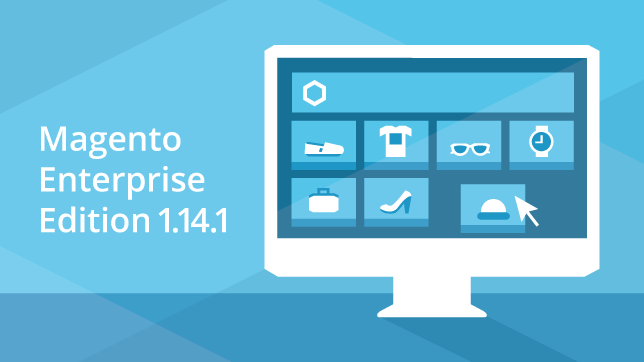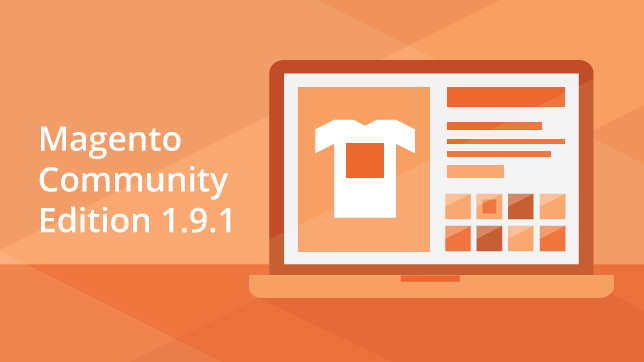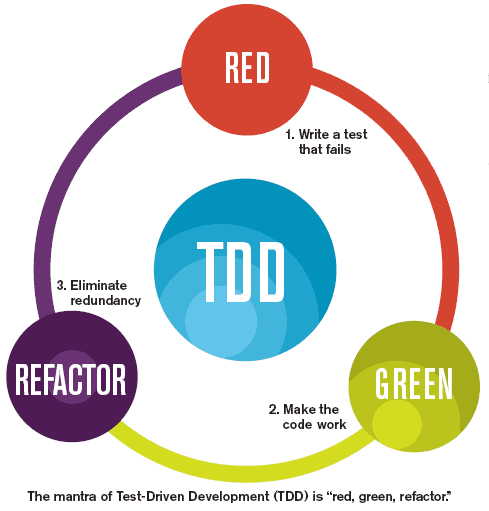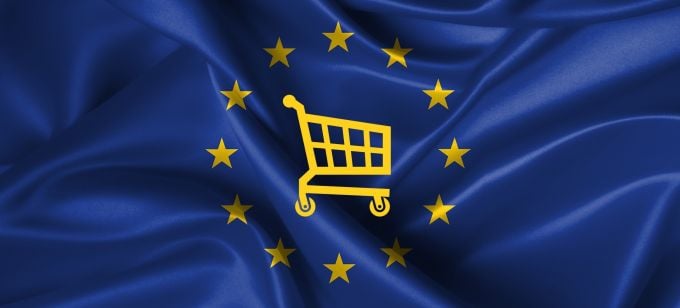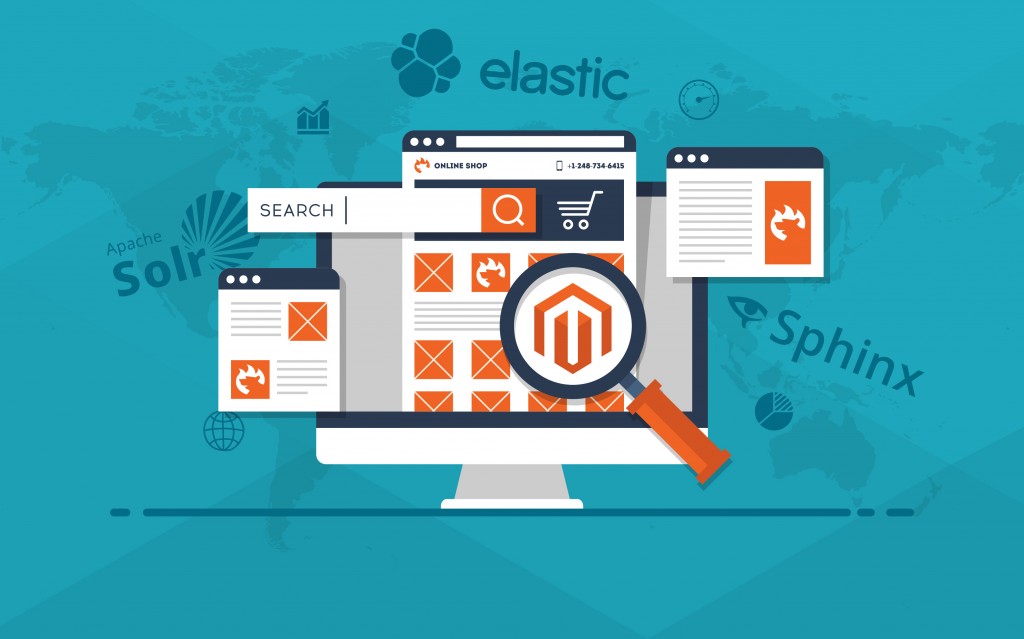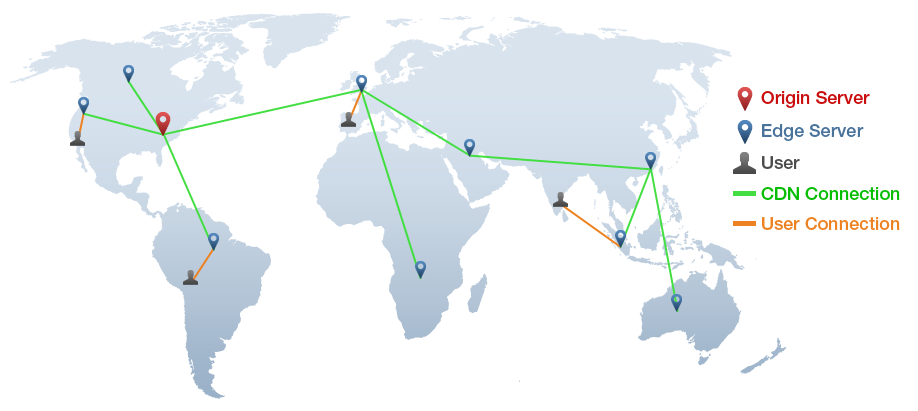Magento Community Edition 1.9.1 and Magento Enterprise Edition 1.14.1 released!
A new version of Magento Enterprise Edition arrives today. Get ready for the new features, tools and responsive design capabilities. In addition, you will get faster technical issue resolution, better performance, and deeper insights.
Magento Enterprise Edition 1.14.1 includes a new drag-and-drop tool, designed to make your work with product categories much easier. There are also new abilities to assign products to categories automatically by setting up different rules. Another new feature of 1.14.1 is swatches with more detailed product information. The new version of Magento Enterprise Edition is also much more responsive: the enhanced responsive design reference theme now includes responsive emails. Better performance and security are also represented in new Magento thanks to PHP 5.5 and MySQL 5.6 support. With Enterprise Edition 1.14.1, you will get the new support tool designed to generate detailed reports, the ability to make product updates by significantly larger team of administrators simultaneously, and Google Universal Analytics support. In general, more than 70 items have been improved in 1.14.1.
You can download Magento Enterprise Edition 1.14 at . And download Magento Community Edition 1.9.1 at the .
